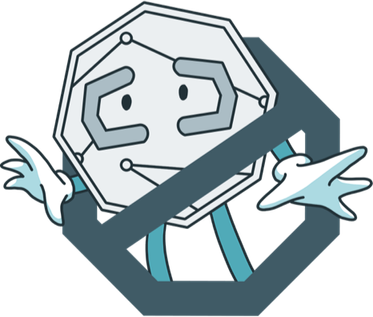Horizen Labs, a zero-knowledge cryptography platform, is rolling out its dedicated layer-1 blockchain for private data verification.
ZkVerify, a new L1 blockchain designed for zero-knowledge proof (ZK-proof) verification, announced its mainnet launch on Tuesday.
“ZkVerify’s mission is to remove the economic and technical barriers to ZK adoption,” Horizen Labs CEO and zkVerify founder Rob Viglione told Cointelegraph.
“Even though verification is typically seen as the ‘cheapest’ part of the ZK value chain, it is still far too costly and inefficient to support real-world scale,” Viglione said.
What is ZKP verification?
ZKP verification is a cryptographic method that allows one party to prove a statement to another without disclosing the underlying information or data itself. A common example is verifying age eligibility to access a service without requiring the disclosure of an entire ID or other personal details.
With a ZKP volume estimated at around $100 million and 4.4 billion proofs as of 2025, the ZK proving market is expected to reach $1.5 billion by 2030, according to data from leading industry platforms Chorus, Aligned and Horizen Labs.
“Right now, many chains and apps can be slowed down or more expensive because verifying those proofs on Ethereum or another chain can be significantly more expensive,” Viglione said.
According to zkVerify, ZKP verification on networks like Ethereum can cost up to $60 per proof during high congestion, with verification consuming up to 300,000 gas units. zkVerify promises to enable cost reduction of at least 90% compared to verifying directly on L1s.
“Heavy math instead of original app or chain”
To cut verification costs, zkVerify provides a dedicated verification layer by separating proof verification from settlement on L1s.
“zkVerify checks a ZK-proof by doing the heavy math instead of the original app or chain,” Viglione told Cointelegraph, adding:
“The original chain sends proof and inputs, it routes to the right checker, validates them, and records a pass or a fail. Other apps or chains then read that result instead of redoing the math, offloading the computational burden to zkVerify, cutting time and cost.”
Decentralized ID, gaming, DeFi lending among use cases
Among real zkVerify use cases, Viglione mentioned the decentralized ID, verified trading predictions, decentralized finance lending, gaming and more.
“The easiest way to interact with zkVerify is via our relayer interface, which is as easy as an API to use, and constantly growing in capabilities,” he said, adding that the blockchain “works quietly in the background,” so the user should not need to actively think about how it works.
Related: Vitalik slams EU’s Chat Control: ‘We all deserve privacy and security’
He also highlighted zkVerify’s capability to verify many different proof types with its modular architecture as well as multichain optionality, enabling teams to verify once and attest to Ethereum, Base, Arbitrum, Optimism and other chains without lock-ins.
ZkVerify’s mainnet launch comes months after the Ethereum Foundation announced plans to integrate its ZK Ethereum Virtual Machine (zkEVM) directly into its L1 blockchain within a year.
The planned integration would bring significant changes to zkEVM’s block execution, letting validators verify multiple proofs from different zkVMs instead of re-executing block transactions.
Magazine: Can privacy survive in US crypto policy after Roman Storm’s conviction?


